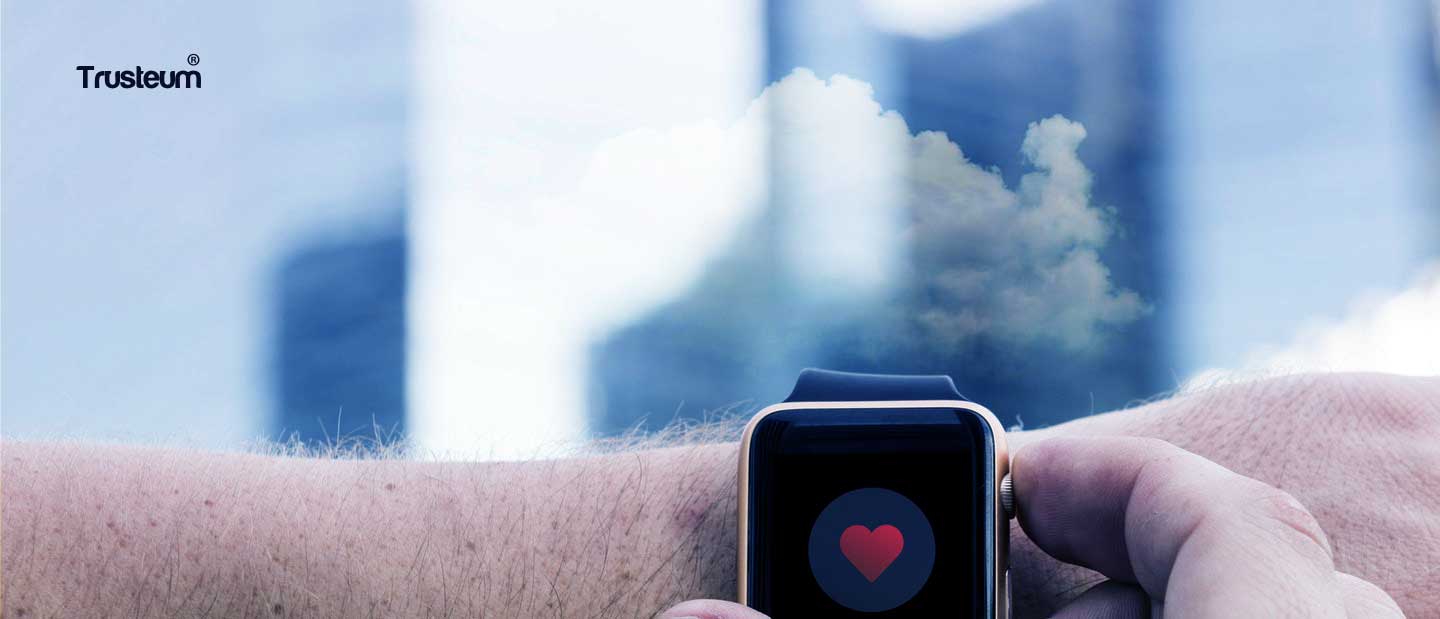Internet of Health

The Internet of Things will change how we provide healthcare
One of the most frequently overheard buzzwords (or buzz phrases) in modern internet technology is “the internet of things,” or IoT for short. The phrase means almost exactly what it sounds like: as the internet expands, it grows to involve more and more things, from household appliances and vehicles to monitoring devices and medical technology. If you are a healthcare professional, you have probably already witnessed plenty of ways in which the internet of things is changing the way you provide treatment to your patients.
How do healthcare providers stand to benefit from IoT technology? A Boston-area hospital, since adopting IoT in its devices, has reported drastically improved patient outcomes among its NICU population. Not only that, but the overall facility boasts optimized surgical workflow, faster patient turnaround, and more accurate patient assessments. Perhaps most crucially of all: hospitals that utilize IoT technology allow physicians to spend less time juggling files and completing paperwork, and more time engaged in one-on-one interactions with their patients. This results in significant improvements in overall patient satisfaction.
Because there are so many thingsin the medical field, it stands to reason that the internet of things will have an especially profound impact on healthcare. IoT has already seen widespread hospital application in smart sensors, remote monitoring devices, and inventory logging devices. Patients stand to benefit the most from this influx of technology, with the added efficiency and accuracy resulting in shorter hospital stays and better patient outcomes. Obviously, as these internet-enhanced devices come more and more into the mainstream, optimization of IoT medical devices will become a top priority for healthcare providers around the world.
Two primary challenges that confront IoT in healthcare involve data and security. For one thing, the sheer number of devices and the vast amount of important information that they collect means that hospital IT staffs can become easily overwhelmed by the barrage of numbers, test results, and readings. For that reason, many hospitals are outsourcing their information technology needs to private IT consultants.
Because security is especially vital when it comes to medical devices, with patients literally dependent upon device security for their lives, hospitals must make sure that protecting these devices remains a top priority. Hackers are increasingly targeting the function of things rather than computers, and healthcare is the one field in particular where providers cannot afford to take the risk of leaving systems vulnerable to attack.
At Trusteum, we help our clients build a strategic plan for IoT adoption. Our experienced staff are data analytics experts who can help your team sift through the digital noise and pluck out the information that matters. We specialize in cyber security and know how to turn the vulnerabilities in a system into that system’s strongest assets.
Hospitals that utilize IoT technology won’t just excel in the present, but will also be better equipped to adjust to upcoming innovations in treatment techniques. By utilizing IoT technology and data analytics in tandem, healthcare providers will be able to better anticipate any complications their patients may experience, thus enabling preventative care that will reduce the likelihood of avoidable hospital stays in the future.
As long as there are human beings, there will be a need for healthcare, but that doesn’t mean that we need to keep doing healthcare the same way. The same technology that streamlines our businesses and connects people from all over the world has the potential to radically change what it means to go to the hospital. IoT technology shows promise as the primary means of drastically improving patient outcomes, reducing costs, and increasing the quality of care that patients receive. The healthcare IT specialists at Trusteum have assisted hundreds of clients with ushering their systems into the 21st Century by helping them embrace the full possibilities offered by the internet of things.